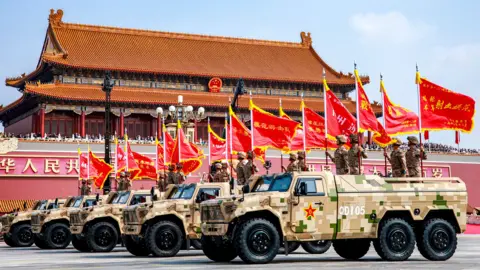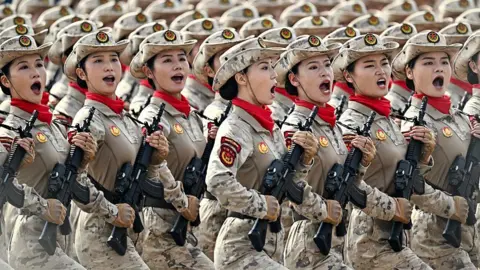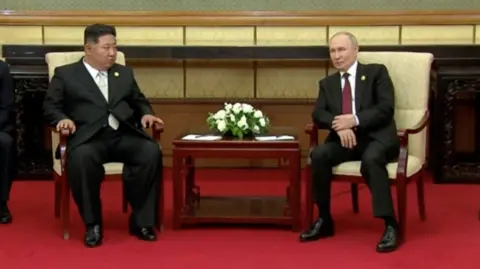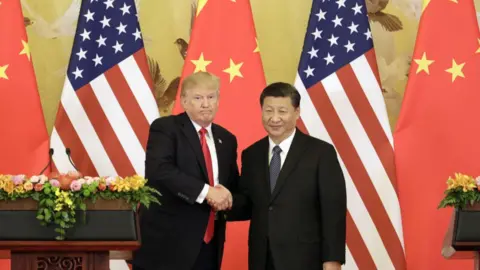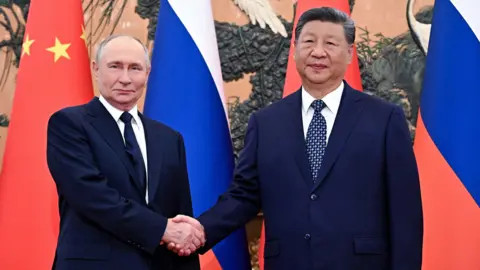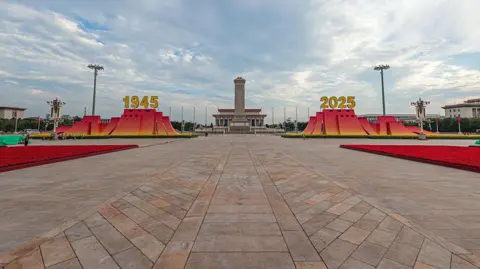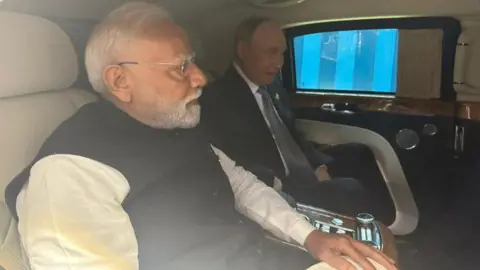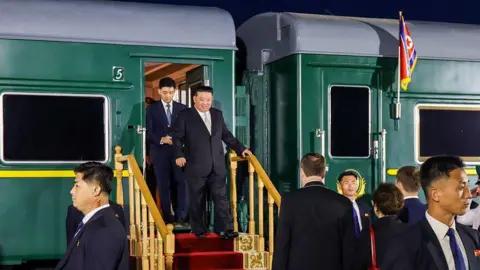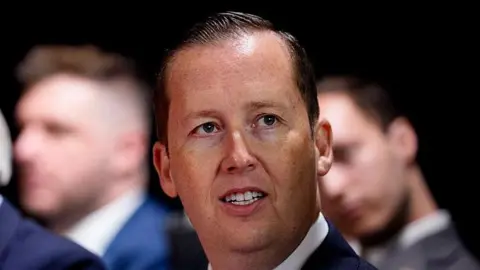President Donald Trump announced a landmark trade agreement with the Philippines following a meeting with President Ferdinand Marcos Jr. at the White House. The deal stipulates a 19% tariff on exports from the Philippines while allowing U.S. goods to enter tariff-free, a significant shift in trade relations aimed at mutual economic growth.
In a statement on Truth Social, Trump expressed enthusiasm for the negotiations, claiming that the agreement would facilitate an "OPEN MARKET" for U.S. exports. This arrangement comes as Trump aims to solidify trade ties in the Indo-Pacific region, reflecting a broader strategy to engage Southeast Asian nations in a manner that counters China's influence.
Prior to this agreement, Trump had scuttled plans for a 20% tariff on Philippine goods set to take effect on August 1. Both the U.S. and the Philippines have struggled to finalize additional trade agreements, with the U.S. government having reached only a limited number of deals in a broader push envisioned by the Trump administration.
The new deal mirrors existing tariffs on exports from Indonesia and Vietnam, indicating a consistent approach to trade negotiations across Southeast Asia. U.S. officials emphasize that these agreements collectively aim to provide greater market access for American goods in the region while applying specific tariffs on exports from these countries.
Marcos, who has repositioned the Philippines back towards a closer alliance with the U.S. following a previous administration's tilt toward China, emphasized his commitment to strengthening bilateral trade. “My top priority for this visit is to push for greater economic engagement,” he stated, aiming for development through collaborative trade efforts.
The relationship between the U.S. and the Philippines, historically defined by mutual interests and military cooperation, now faces fresh challenges and opportunities as both nations seek to reaffirm their ties against a backdrop of shifting geopolitical balance. This includes discussions about maintaining the freedom of navigation in vital shipping lanes like the South China Sea, a critical point of U.S. policy in the region.
Despite the ongoing trade deficit with the Philippines, the Trump administration highlights the significance of this partnership, aiming to uphold a free and secure Indo-Pacific while fostering economic prosperity for both nations. The implication of military cooperation, highlighted by recent military drills and the deployment of missile systems to the Philippines, further underscores the complex interplay of trade and defense in the U.S.-Philippine relations.
As this trade agreement unfolds, both leaders stress the importance of negotiation and collaboration in navigating future economic landscapes, setting a tone of optimism and strategic maneuvering in an era of competitive global trade.









